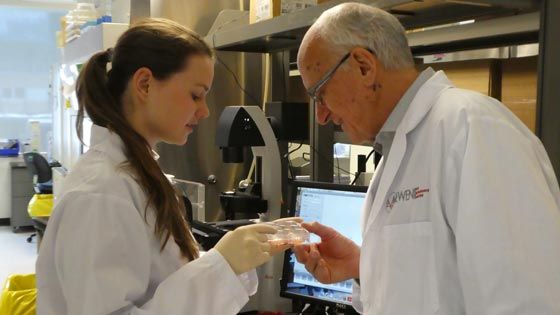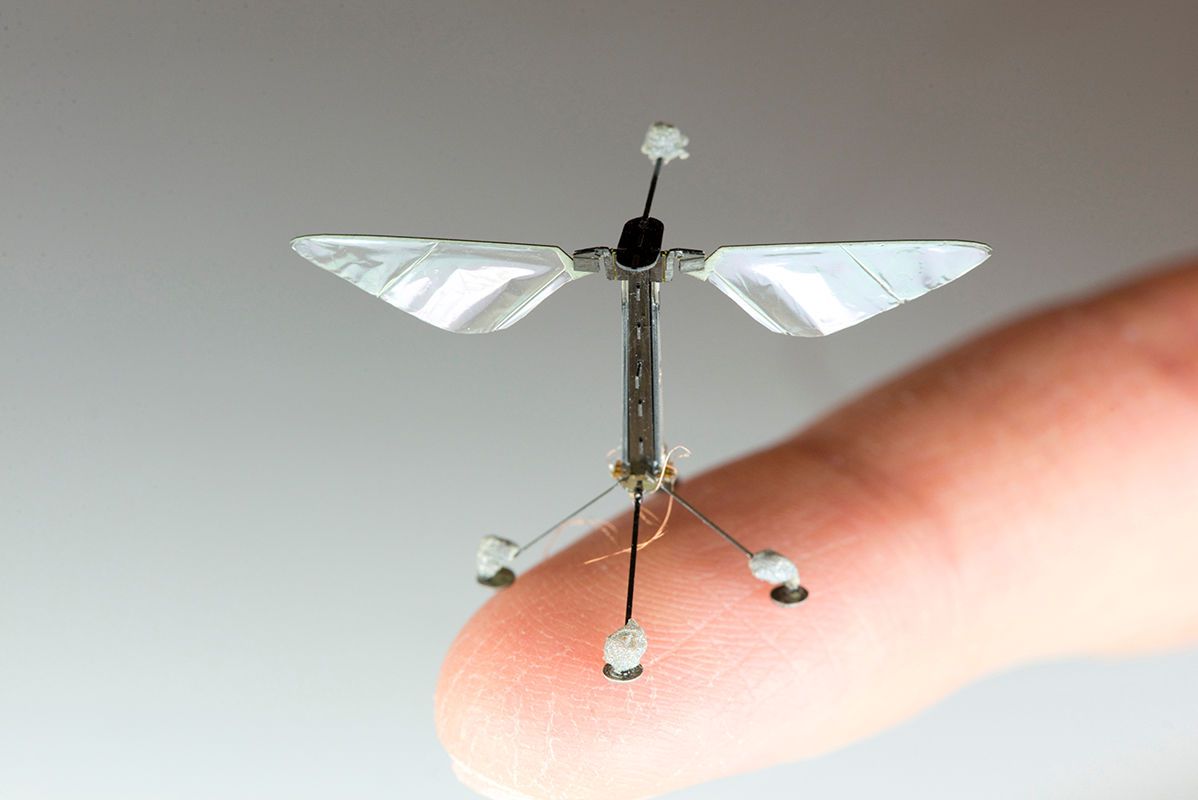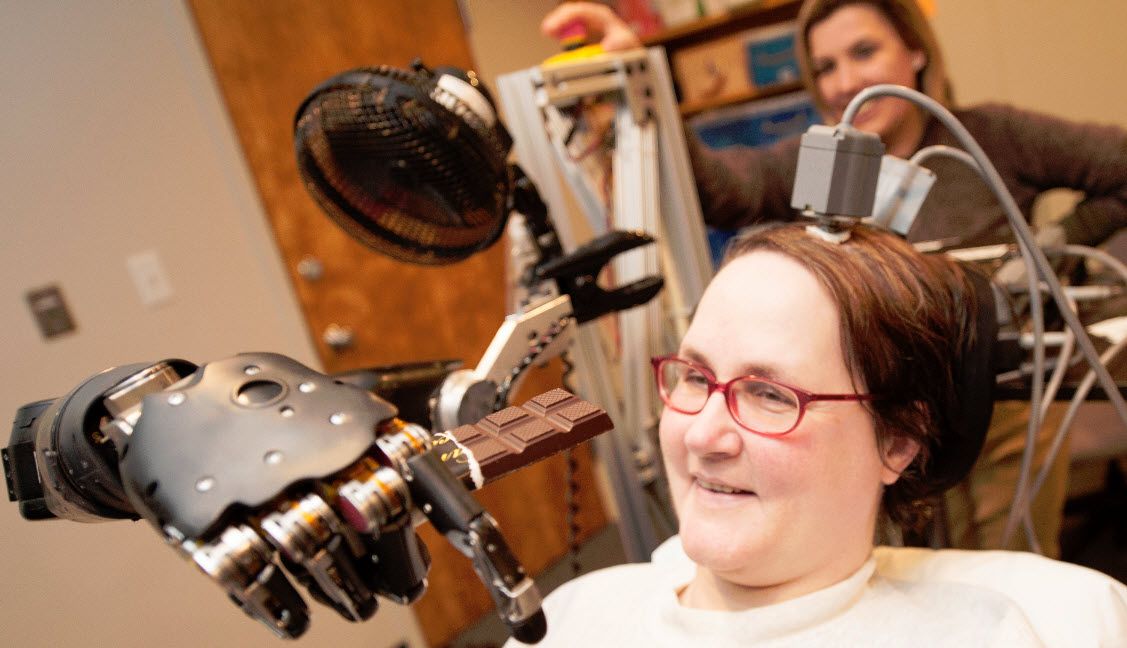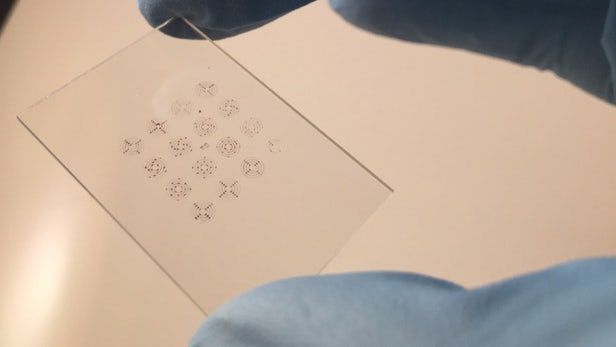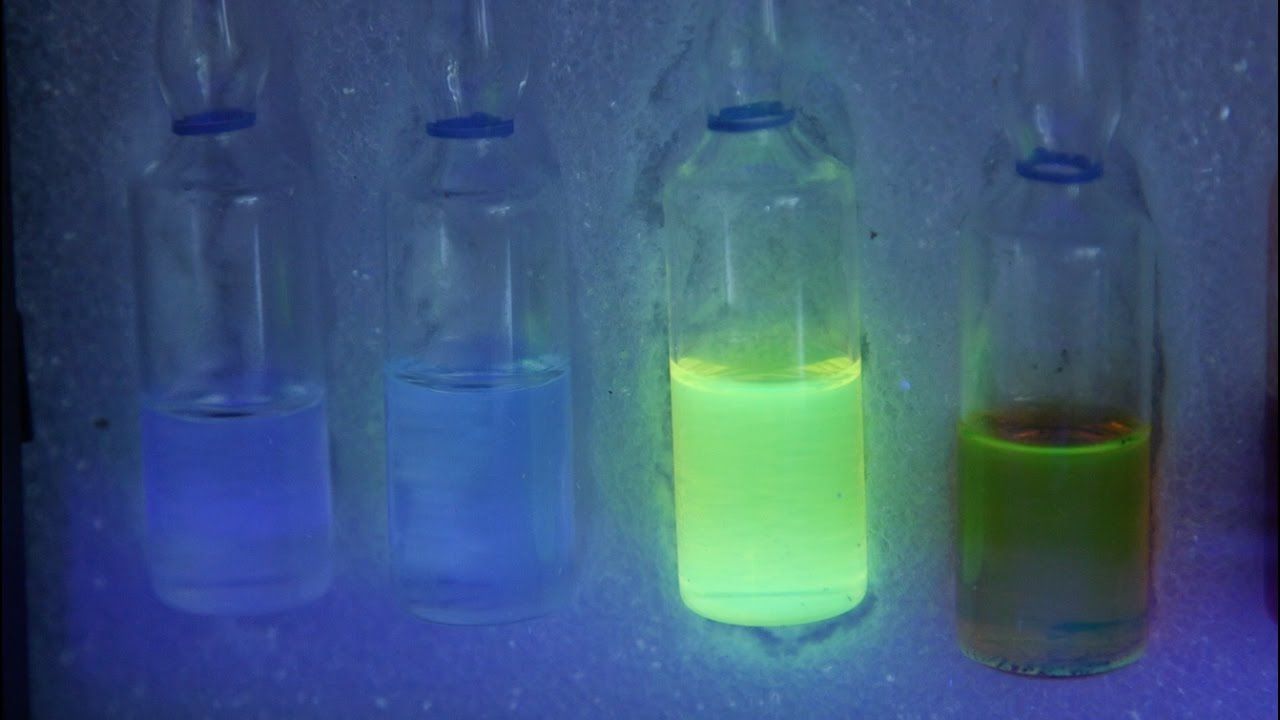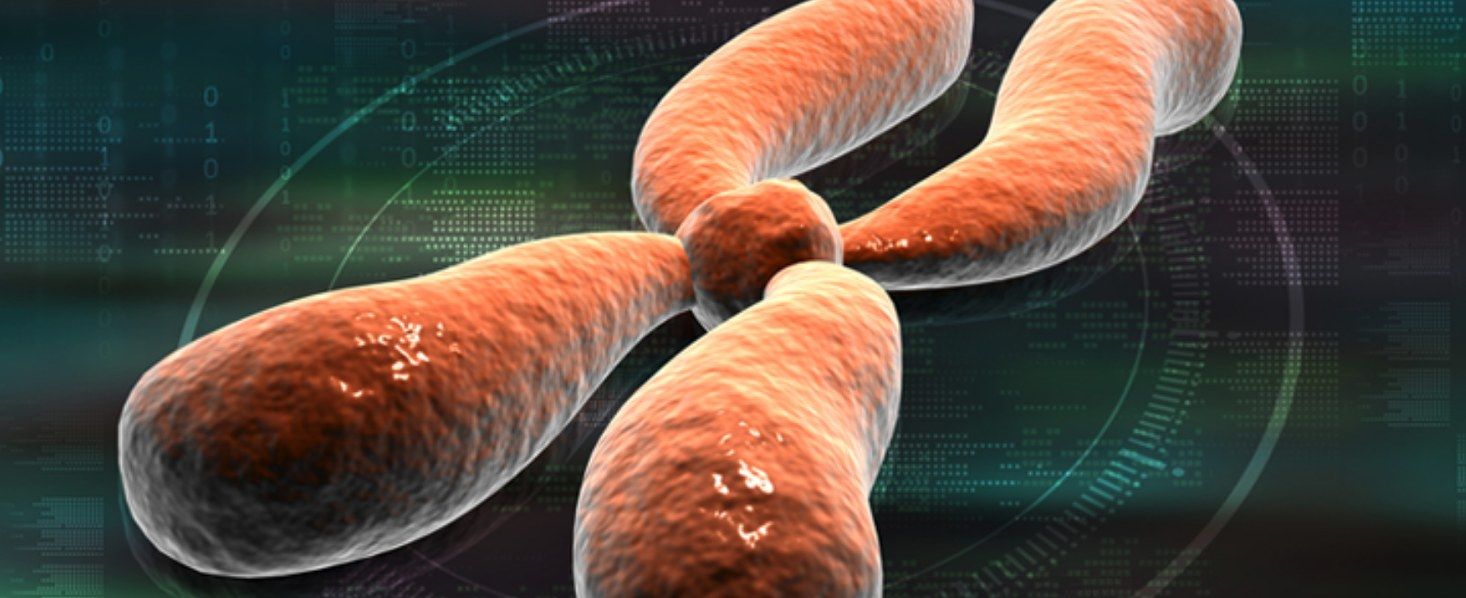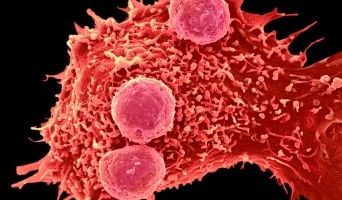
Hmmmm.
Sam Gussman arrived four years ago at Stanford University hoping to eventually parlay an engineering degree into a product manager job at Google or Facebook.
Working for the National Security Agency or other intelligence bureaus never crossed his mind. For Gussman, the government didn’t seem like the place for the most exciting, cutting-edge research in human computer interaction — his area of interest. Plus, it did no on-campus recruiting, unlike the many tech startups that e-mailed him daily about job opportunities and happy hours.
That career plan changed dramatically after Gussman took a new graduate class at Stanford’s engineering school called Hacking for Defense, or H4D, where he got to tackle real-life national security challenges. There he met with U.S. military officers and studied the mental duress soldiers face during combat and then worked on software that distinguishes insurgents from civilians in video feeds from drones. Suddenly government work was “super cool.”
Read more
